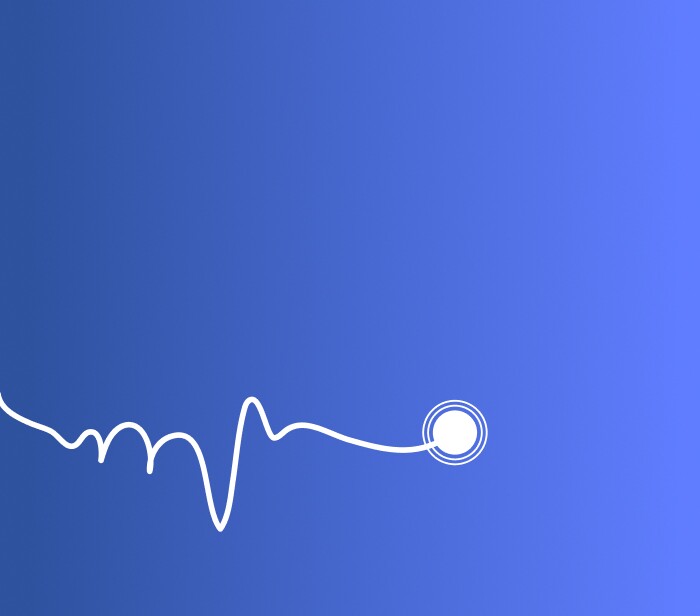Needle biopsy of the liver is carried out by surgeons at Herzliya Medical Center in Israel, one of the leading private hospitals in the country that specializes in modern methods for diagnosis. A needle biopsy (percutaneous biopsy) of the internal organs, is widely used by specialists clinics, to avoid an open surgical procedure with subsequent hospitalization, and reduce the likelihood of post-operative complications.
The Liver Biopsy Procedure
A liver biopsy is usually performed using a needle to obtain a tissue sample from the patient for a laboratory to establish if there is any damage or disease. Analysis of liver tissue reveals:
- Atypical cells have developed into a tumor (primary or metastatic)
- Determine the degree of malignancy (if present)
- Determine the degree of fibrosis (scarring)
- Identification of specific cell receptors with certain characteristics that may respond better to a particular treatment
Specialists have more of an understanding of the stage of liver disease following a biopsy, by providing treatments that are more effective for specific conditions, as well as monitoring a patient’s treatment progression.
The method of using a needle for biopsy of the liver is the most common technique utilized today due to the minimal risk of complications. Far less diagnostic evidence is derived from using laparoscopic (laparoscopic liver biopsy) or by the intravascular endoscopic intervention (liver biopsy via the jugular vein).
Indication for a Liver Biopsy
Specialists recommend a liver biopsy to patients with the following indications:
- The suspected presence of primary liver cancer symptoms or that of a metastatic lesion; a malignant tumor present in another organ of the body
- Determining the degree of inflammation, as well as the severity of liver damage in patients with viral hepatitis
- Concurrent diagnosis of non-infectious hepatitis (autoimmune, toxic)
- Determination of functionality and health status of the liver among patients with primary biliary cirrhosis and alcoholic liver disease
- Diagnosis of primary sclerosing cholangitis (disease of bile ducts)
- Diagnosis of congenital liver diseases (e.g., Wilson’s disease)
Benefits of Liver Biopsy at HMC
An important advantage of a liver biopsy is the capacity to complete the procedure in a single day at the hospital. Specialists conduct preliminary research that is necessary in order to eliminate the risk of complications. Patients prepare for the biopsy procedure by taking anticoagulants (blood-thinning drugs) with guidance, a modified intake in the days ahead of the procedure. Imaging of the liver with the use of ultrasound and/or tomography is used to localize the pathological center for biopsy.
It is standard practice that the procedure is performed under local anesthesia. Depending on the biopsy technique, further conditions for the patient in surgery are designated. There are two main types of liver biopsy:
- Fine-needle aspiration – technique least likely to traumatize surrounding tissue, but significantly limits diagnostic capability. The liver tissue is destroyed in this procedure, which only allows cytological testing
- Thick-needle biopsy – a technique that allows a sample of tissue to be obtained while preserving the structure of healthy tissue, effectively performing complete cytological and histological examination and analysis
A precise needle puncture delivers medication to the patient for the procedure, eliminating pain sensitivity. The use of sedatives is beneficial to patients to help prevent anxiety and tension in abdominal muscles. The doctor will conduct an ultrasound under surgical control to facilitate the puncture of the needle directly into the area of pathological focus for diagnosis. During the thick needle biopsy procedure, a small incision will appear at the point of entry of the needle. Due to the impact of the needle, aspirate tissue is held for laboratory testing. When the procedure is complete, a suture and aseptic bandage are applied to the incision on the surface of the skin.
Liver Biopsy Procedure at HMC
During the first few hours after the biopsy of the liver is performed, patients remain under the supervision of medical staff at Herzliya Medical Center in Israel. It is recommended that patients rest completely to prevent bleeding. In most cases, the biopsy extraction is carried out in a single day. Within a period of 24-48 hours, patients are most often able to return to normal life, while tissue samples obtained from the biopsy procedure are sent to the laboratory for analysis.
 Patients Log In
Patients Log In 










